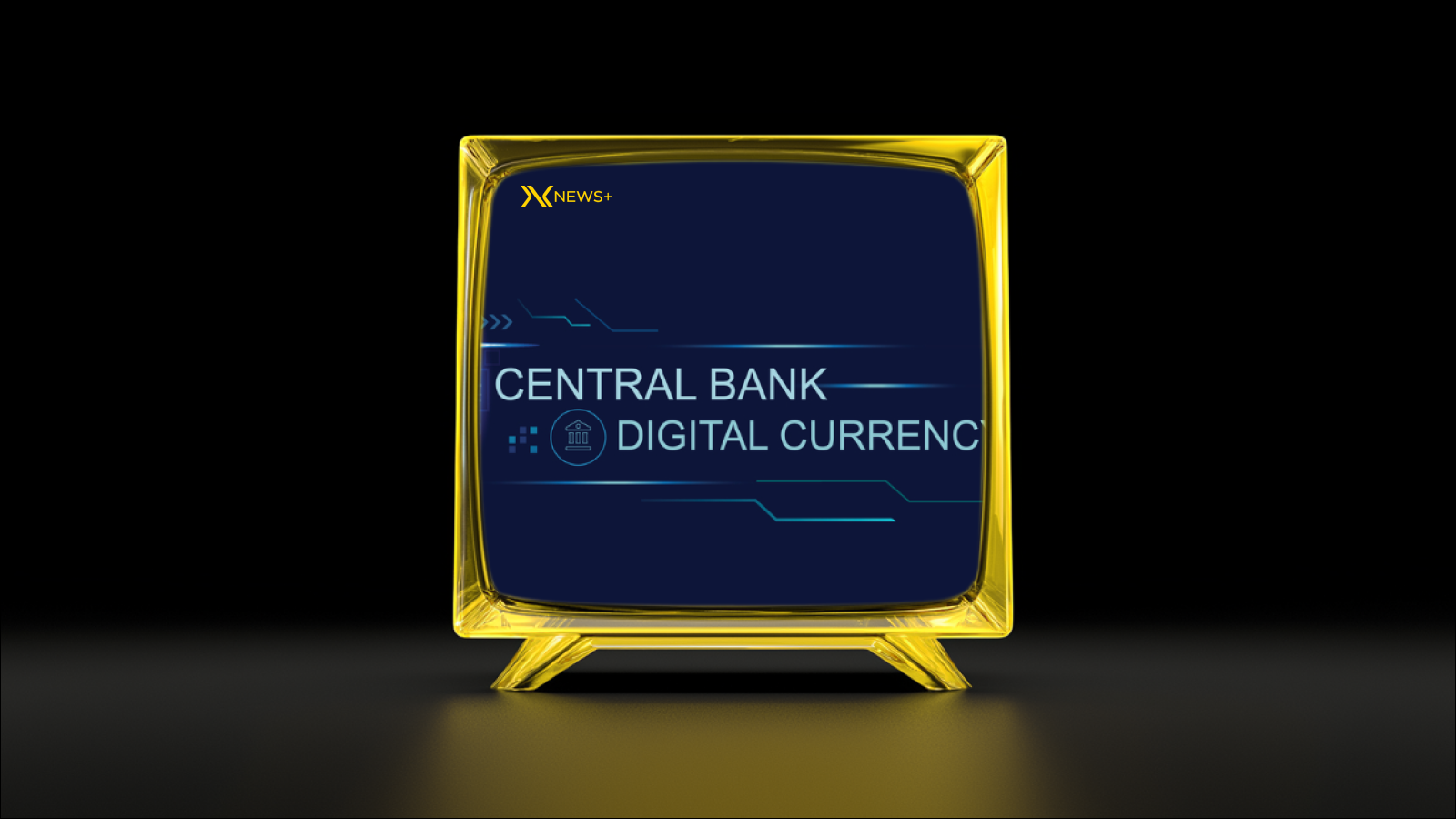Understanding The Basics of Central Bank Digital Currencies
Central Bank Digital Currencies (CBDCs) represent a significant evolution in the way monetary systems operate. At their core, CBDCs are digital forms of a country’s fiat currency, issued and regulated by the central bank. Unlike cryptocurrencies, which are typically decentralized and operate on blockchain technology, CBDCs are centralized and maintained by a trusted authority, ensuring government backing.
One of the primary goals of introducing CBDCs is to enhance the efficiency of payment systems. Traditional banking methods often involve multiple intermediaries and can result in delays, especially in cross-border transactions. By using CBDCs, transactions can be streamlined, making them faster and often more cost-effective. This digitization of currency can also lead to increased financial inclusion, as individuals without access to conventional banking services can still participate in the digital economy.
Another crucial aspect of CBDCs is their potential to improve monetary policy implementation. Digital currencies can provide more precise data about spending habits and trends, allowing central banks to make better-informed decisions. This data-driven approach could enhance the effectiveness of monetary tools such as interest rates and quantitative easing.
exploring the fundamentals of Central Bank Digital Currencies unveils their potential to redefine how we view and interact with money. As countries around the globe undertake research and development in this area, understanding these basics is essential for grasping the future of finance and economics.
Exploring The Benefits for Consumers and Businesses
As more central banks around the world consider the incorporation of digital currencies into their financial systems, it is essential to examine the potential advantages that these innovations could offer to both consumers and businesses. Exploring The benefits reveals increased efficiency, enhanced security, and greater inclusion in the financial ecosystem.
One of the primary benefits of central bank digital currencies (CBDCs) for consumers is the streamlined payment process. With faster transaction times, individuals can transfer funds almost instantaneously, reducing waiting periods that are typical in traditional banking systems. This efficiency can be particularly advantageous for cross-border transactions, which often incur high costs and delayed processing times.
Moreover, CBDCs could significantly improve financial security for consumers. Unlike traditional digital currencies, which can be subject to the volatility of the market, CBDCs would be backed by government assets, providing users with a stable and trusted form of currency. This stability can foster greater consumer confidence in adopting digital financial technologies.
For businesses, embracing CBDCs could lead to reduced operational costs. The implementation of a digital currency can minimize the need for physical cash handling and related security measures, while also lowering transaction fees associated with credit cards and third-party payment processors. Additionally, as CBDCs potentially enhance transaction transparency, businesses can expect improved regulatory compliance and reduced fraud risk.
Another significant advantage lies in financial inclusion. CBDCs have the potential to reach underbanked populations by allowing individuals without traditional banking access to participate in the financial ecosystem via digital platforms. This inclusivity can spur economic growth and innovation by empowering more consumers to engage in commerce and savings.
exploring the benefits of central bank digital currencies unveils a plethora of opportunities for consumers and businesses alike. With faster payments, enhanced security, reduced costs, and improved financial inclusion, CBDCs may reshape the future of monetary transactions in a way that promotes a more efficient and equitable financial landscape.
Analysing The Challenges in Implementing Digital Currencies
Despite the potential advantages of central bank digital currencies (CBDCs), several challenges must be addressed before their widespread adoption. These challenges can significantly impact their implementation and ultimately influence their effectiveness in the economy.
Technological Infrastructure
One of the primary hurdles in launching CBDCs is establishing a robust technological infrastructure. Central banks must invest heavily in secure and scalable platforms capable of handling millions of transactions simultaneously. The technology should also ensure high availability, minimizing the risk of outages or cybersecurity threats.
Regulatory and Legal Framework
The implementation of digital currencies necessitates the development of a comprehensive regulatory and legal framework. This includes addressing issues such as privacy, anti-money laundering (AML) regulations, and ensuring compliance with existing financial laws. Additionally, there needs to be clarity around the responsibilities of various stakeholders involved in the CBDC ecosystem.
Public Acceptance and Trust
Building public trust in digital currencies is crucial for their success. Consumers and businesses need assurance that CBDCs will provide a safe and reliable alternative to cash and other forms of digital payment. Central banks must engage in transparent communication and education campaigns to foster understanding and acceptance among the public.
Impact on the Financial System
Another challenge is the potential impact of CBDCs on the existing financial system. There is concern that introducing a CBDC could disrupt traditional banking models, leading to disintermediation where customers might bypass banks entirely for their financial transactions. This could have significant implications for credit supply and monetary policy effectiveness.
Design and Accessibility
The design of the CBDC is a critical factor in determining its functionality and user experience. Ensuring that the digital currency is accessible to everyone, including those without access to modern digital infrastructure, is essential. Balancing the needs of various demographics while maintaining high standards of security and efficiency will be a considerable challenge for central banks.
While the prospects for CBDCs are promising, various challenges must be addressed to ensure their successful implementation. A well-thought-out approach to technology, regulation, public sentiment, financial implications, and accessibility will be vital in navigating these hurdles.
Examining The Future Prospects of Central Bank Digital Currencies
As we look ahead, the future of Central Bank Digital Currencies (CBDCs) holds significant promise, shaping the landscape of global finance in profound ways. Various central banks are actively exploring the potential of CBDCs, with many already conducting pilot programs to assess their viability and impact on the economy.
One of the most notable prospects lies in the area of cross-border payments. Current systems often suffer from inefficiencies, high fees, and prolonged transaction times. Exploring The advantages of CBDCs could streamline these processes, enabling faster and more cost-effective transactions between countries. Implementing a standardized digital currency could facilitate international trade and improve liquidity across markets.
Additionally, CBDCs have the potential to enhance financial inclusion. By providing a digital form of national currency, central banks can reach unbanked populations. This could lead to increased access to banking services, allowing individuals and businesses to participate in the economy more fully.
Moreover, the integration of advanced technologies, such as blockchain and smart contracts, could revolutionize how transactions are conducted and recorded. These technologies enhance security and transparency, which could foster trust in digital currencies among users and stakeholders.
However, the path to widespread adoption of CBDCs is not without its hurdles. Regulatory frameworks, privacy concerns, and the need to coexist with existing financial systems require thoughtful consideration and strategic planning. As such, the future of CBDCs will likely evolve through collaboration between governments, businesses, and technology developers.
While the precise trajectory of Central Bank Digital Currencies remains to be seen, their potential to transform global finance is undeniable. By exploring the multitude of benefits and addressing the challenges ahead, CBDCs could redefine the way we think about money, paving the way for a more interconnected and efficient financial ecosystem.
Disclaimer
The information provided in this article is for educational and informational purposes only and should not be considered financial, legal, or investment advice. Central Bank Digital Currencies (CBDCs) are an evolving concept, and their implementation and impact may vary significantly across regions and economies.
Readers are encouraged to conduct their own research and consult with qualified professionals before forming opinions or making decisions related to CBDCs. The content of this article is based on current developments and may not reflect future regulatory changes, technological advancements, or economic conditions.
Darkex does not endorse or advocate for any specific digital currency, platform, or strategy mentioned herein. Any actions taken based on this information are done at the reader’s own risk and should comply with applicable laws and regulations.





